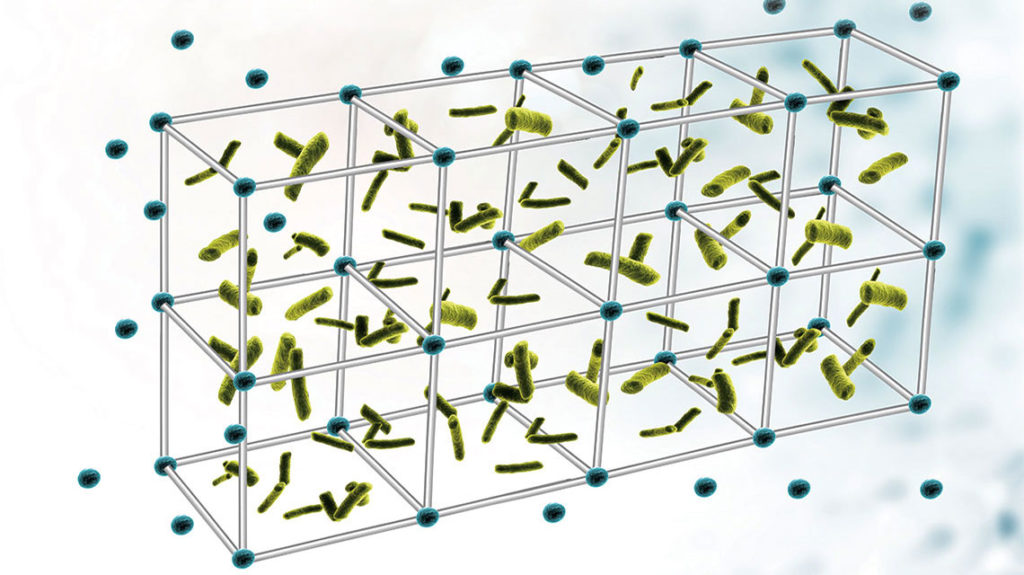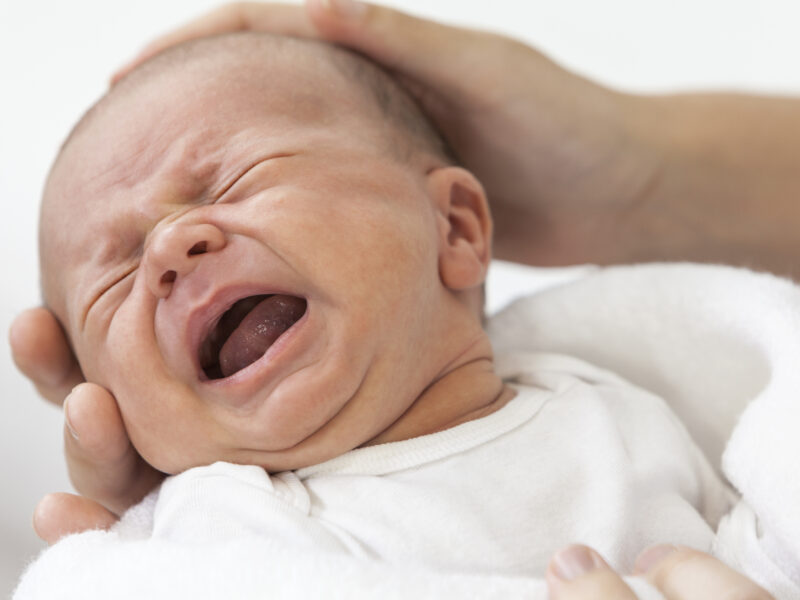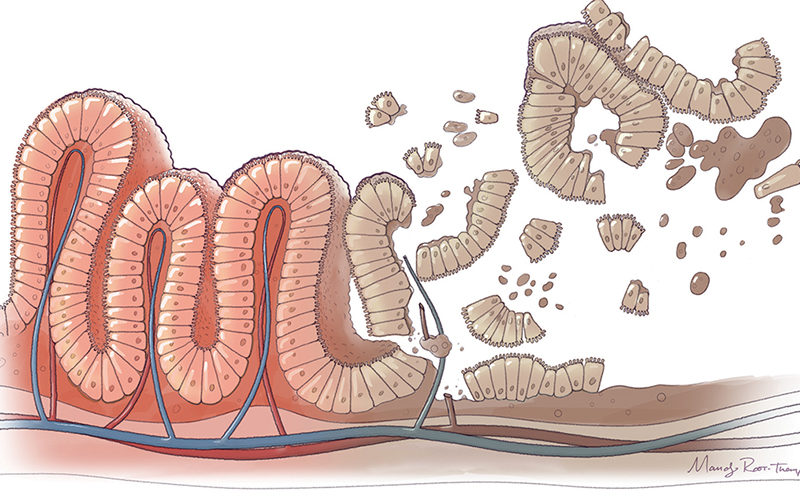Why Obese Women Have More Surgical Infections After Cesarean Delivery
Why Obese Women Have More Surgical Infections After Cesarean Delivery https://pediatricsnationwide.org/wp-content/uploads/2020/04/biofilm-header-1024x575.jpg 1024 575 Jeb Phillips Jeb Phillips https://pediatricsnationwide.org/wp-content/uploads/2021/03/Jeb-Phillips.jpg- June 08, 2018
- Jeb Phillips

Even though all pregnant woman typically undergo a standardized antiseptic preparation before a cesarean delivery, obese women are twice as likely to develop a surgical site infection after the procedure as women with a normal body mass index.
A new, first-of-its-kind study from The Ohio State University Wexner Medical Center and Nationwide Children’s Hospital shows why — and points to steps that can be taken to reduce those infections. The study is published today in the journal Scientific Reports.
“Our results show us that what we have traditionally thought to be a sterile procedure is not actually sterile, and that a single treatment protocol to avoid infection doesn’t work on every woman,” says Kara Rood, MD, lead author of the paper and assistant professor of maternal fetal medicine at Ohio State Wexner Medical Center. “We have more work to do in figuring out how to individually target treatments, but we know we can make changes in how we perform cesarean procedures now to reduce infection.”
Among the study’s most important findings:
- Obese woman have significantly more bacteria than non-obese women at the cesarean incision site of the lower abdomen before surgery. This is likely because a fold of skin and fat, or panniculus, provides a moist environment promoting the growth of this bacteria in obese women.
- The kinds of bacteria differ between obese and non-obese women at the incision site before surgery. In particular, the bacteria Firmicutes, which is associated with the development of surgical site infections, predominates in obese women. This is likely also because of the panniculus.
- Antiseptic preparation prior to a Cesarean delivery reduces the bacterial load for obese women so that it approximately equals the load for non-obese women, but the preparation does not completely eliminate the bacteria.
- Biofilms, or communities of bacteria that are resistant to treatment, were found at the cesarean incision sites of a majority of women, even after the pre-surgical antiseptic scrub.
- There was a substantial rise in bacteria at the incision site after the surgery, along with a rise on the gloves of the surgeon. This suggests the gloves transfer bacteria from the vagina to the surgical site at the time of closure, again showing that the overall cesarean procedure is not as sterile as presumed.
The study used biological samples from 31 obese and 27 non-obese pregnant women who underwent cesarean delivery at Ohio State Wexner Medical Center. The bacterial samples were analyzed in the Battelle Center for Mathematical Medicine, the Center for Microbial Pathogenesis and the Center for Perinatal Research at Nationwide Children’s.
“This study shows the value of interdisciplinary collaboration,” says Irina Buhimschi, MD, an author of the paper and director of the Center for Perinatal Research at Nationwide Children’s. “We started with a simple question, rooted in an observation about obesity and infection. We applied sophisticated molecular biology and bioinformatics techniques to find an answer. We hope our study raises awareness that current antisepsis techniques do not take into account the shape of the pregnant belly, and this awareness is even more important in a time of rising obesity.”
Ohio State Wexner Medical Center is already applying lessons learned in this study, says Dr. Rood. Surgeons are now changing gloves between cesarean delivery and closure of the incision, and an additional antiseptic procedure for the vagina is performed in an effort to stop transfer of bacteria. A clear drop in infection rates has already been noted.
The new study points to other possible interventions that could reduce infections, the authors say. Lauren Bakaletz, PhD, an author of the paper and director of the Center for Microbial Pathogenesis at Nationwide Children’s, develops ways of disrupting biofilms that could be applied in these situations. Targeted antibiotics, antiseptic solutions and even changes in the way the surgical sites are scrubbed could also make a difference.
“This research moves us further toward personalized medicine,” says Catalin Buhimschi, MD, senior author of the paper, professor and holder of Frederick Zuspan Endowed Chair in Obstetrics and Gynecology at Ohio State Wexner Medical Center. “We have a proof of concept that the rapid sequencing to identify bacteria, and personalized antibiotic therapy for that bacteria after surgery, is possible and a necessary step for the future.”
Reference:
Rood K, Buhimschi IA, Jurcisek JA, Summerfield TL, Zhao G, Ackerman WE, Wang W, Rumpf RW, Thung SF, Bakaletz LO, Buhimschi CS. Skin microbiota in obese women at risk for surgical site infection after cesarean delivery. Scientific Reports. 2018;8:8756.
Photo credit: Adobe Stock
About the author
Jeb is the Managing Editor, Executive Communications, in the Department of Marketing and Public Relations at Nationwide Children's Hospital. He contributes feature stories and research news to PediatricsOnline, the hospital’s electronic newsletter for physicians and other health care providers, and to Pediatrics Nationwide. He has served as a communications specialist at the Center for Injury Research and Policy at The Research Institute and came to Nationwide Children’s after 14-year career as daily newspaper reporter, most recently at The Columbus Dispatch.
-
Jeb Phillipshttps://pediatricsnationwide.org/author/jeb-phillips/October 13, 2015
-
Jeb Phillipshttps://pediatricsnationwide.org/author/jeb-phillips/
-
Jeb Phillipshttps://pediatricsnationwide.org/author/jeb-phillips/November 24, 2015
-
Jeb Phillipshttps://pediatricsnationwide.org/author/jeb-phillips/January 19, 2016
- Posted In:
- In Brief







